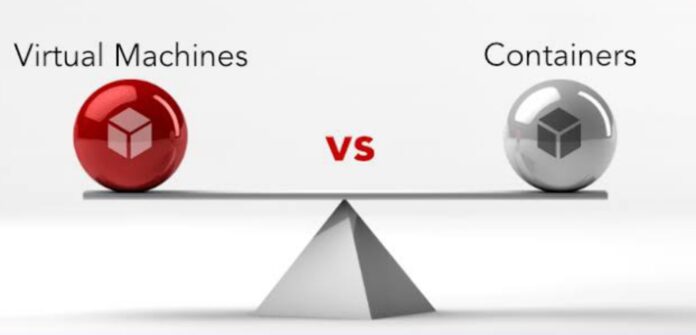How does Virtualisation work?
Virtualization is a process in which software is used to create an abstraction layer over computer hardware that allows the hardware elements of a single computer to be divided into multiple virtual computers. The software used is called a hypervisor — a small layer that allows multiple operating systems to run alongside each other, sharing the same physical computing resources.
What’s a virtual machine?
Virtual machines are a technology used to build virtualized computing environments. Simply put, a virtual machine is a physical computer emulation. VMs enable teams to run multiple machines with multiple operating systems on a single computer. VMs interact with physical computers using lightweight layers of software called hypervisors.
What’s a container?
Containers are a faster, more flexible way to handle virtualization. The container contains all of the code, its dependencies, and even the operating system itself. This encourages programs to run virtually anywhere — a personal computer, a conventional IT system, or a cloud.
Containers use a method of virtualization of the operating system (OS). Simply placed, they exploit OS features to separate processes and monitor process access to CPUs, memory, and desktop space. Containers have been around for decades, but the general opinion is that the new age of containers started in 2013 with the launch of Docker.
Container vs. VMs
A hypervisor virtualizes physical hardware in conventional virtualization. Instead of virtualizing the underlying hardware, the containers virtualize the operating system such that each specific container comprises only the program and its libraries and dependencies. Containers are lightweight, fast, and versatile since, unlike a virtual machine, containers do not need to have a host OS in any instance and can instead easily use the functionality and resources of the host OS. Like virtual computers, containers allow developers to boost the Processing and memory consumption of real devices. Containers, however, go even further because they also support microservice architectures, where application components can be deployed and scaled more granularly.
Why containers?
Although there are already many arguments for using VMs, containers have a degree of simplicity that is ideal for the multi-cloud environment. Containerizing systems offer teams the versatility they need to navigate a wide variety of new IT tech environments.
Managing multi-cloud containers
They do come with a few problems of their own, considering the many advantages of containers. Large business systems can require a large number of containers. Managing these containers causes some significant challenges for the teams.

